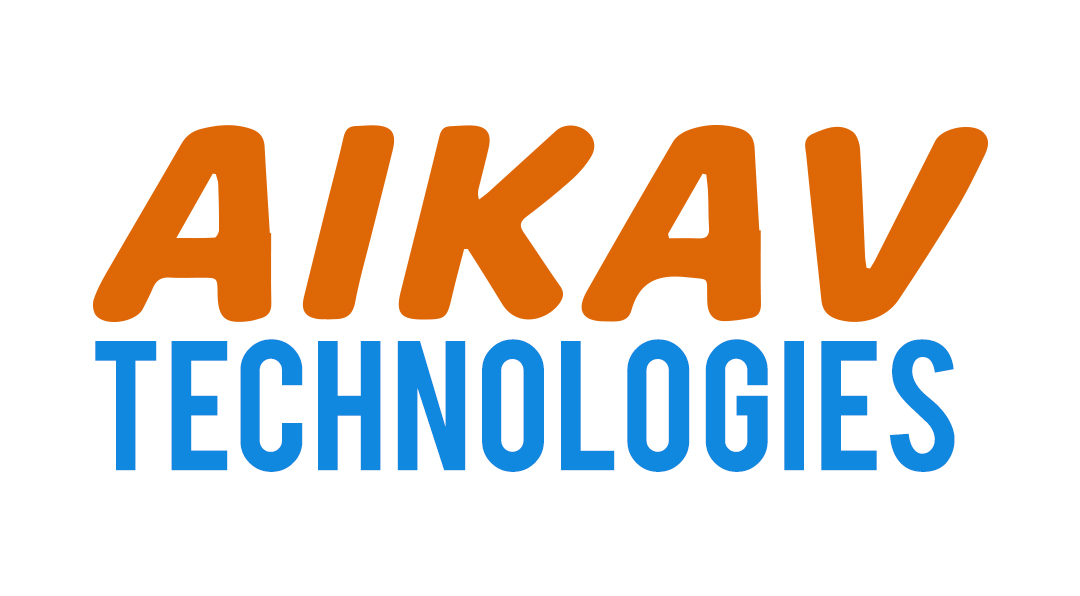
Migrating your existing Drupal 9 or 10 site to Pantheon unlocks powerful benefits — high-performance hosting, automated DevOps workflows, and scalability built for enterprise. In this guide, you'll learn how to migrate a Drupal site to Pantheon using Git, Drush, and Terminus, complete with commands, gotchas, and configuration tips.
🧰 Prerequisites
Before you begin, ensure you have:
A working Drupal 9 or 10 site (local or hosted).
A Pantheon account.
Installed CLI tools:
Terminus: Pantheon command-line tool.
Drush: Drupal command-line tool.
Git
🚀 Step-by-Step Migration to Pantheon
Step 1: Create a New Site on Pantheon
terminus auth:login
terminus site:create my-drupal-migration "My Drupal Migration Site" drupal-recommended
Replace my-drupal-migration with your preferred machine name.
Step 2: Clone Pantheon Site Locally
terminus connection:set my-drupal-migration dev git
git clone git@ssh.dev.mydrupalmigration.pantheon.io:codes.git my-drupal-migration
cd my-drupal-migration
Step 3: Prepare Your Local Drupal Site
You want your site to follow the Drupal recommended project structure:
composer create-project drupal/recommended-project my-site
Now copy custom code, themes, and modules into your new Pantheon-compliant structure:
cp -r ../old-site/web/modules/custom web/modules/custom
cp -r ../old-site/web/themes/custom web/themes/custom
Also migrate:
sites/default/filesConfiguration:
sync/folder if you're using config management
Step 4: Update Pantheon pantheon.yml
Make sure your pantheon.yml exists in the root directory
api_version: 1
web_docroot: web
php_version: 8.2
database:
version: 10.4
Add any custom settings if needed (e.g., Redis, Solr).
Step 5: Push Code to Pantheon
Pantheon will now build and deploy your site using its build tools.
Step 6: Import the Database
Export from old site:
Upload and import to Pantheon:
Step 7: Sync Your Files
Archive files:
Upload to Pantheon:
Step 8: Clear Cache and Run Updates
✅ Optional: Enable Multidev for Team Dev Workflows
🔒 Secure It (Optional)
Set up HTTPS, Redis, and any IP allowlists through Pantheon dashboard settings or pantheon.yml.
✅ Conclusion
Migrating a Drupal site to Pantheon is more than just a move — it's a chance to modernize your architecture. With Pantheon’s robust infrastructure, Git-based workflows, and CLI automation tools, your Drupal project becomes easier to manage, test, and scale.
This migration approach works seamlessly for:
Drupal 9 and 10
Composer-managed projects
Sites needing robust CI/CD and environment control
Recent Blogs

Migrating from Drupal 7 to the latest version, such as Drupal 9 or Drupal 10, is a critical step…Read more

Drupal's Plugin API has been a key part of its flexibility and extensibility, allowing…Read more

In Drupal, caching is a critical aspect of optimizing site performance, and two key concepts in…Read more
